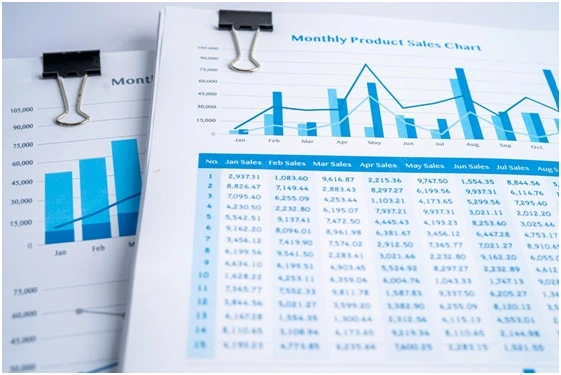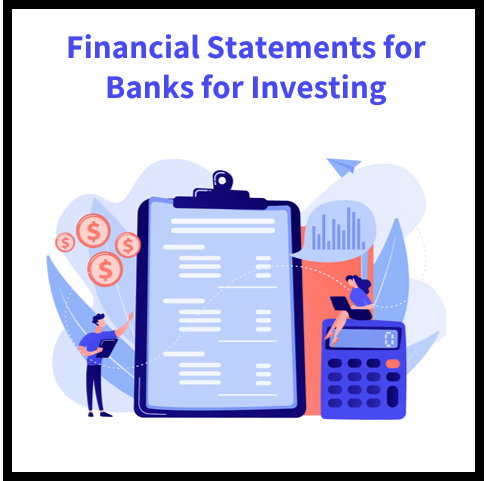A bank is a financial institution that provides various services to its customers and the general public such as loans, deposits, and foreign exchange. These services are usually provided in exchange for a bank’s owning a portion of the money the customer deposits with the bank.
The size of the customer’s deposit and the value of the services the bank provides determine the profitability of the bank. To be profitable, a bank needs to generate a positive return on assets, which is the amount of money it backs its services with. This can come from either loans or deposits.
The higher the risk a bank takes on to make a loan, the lower the return it will have on its assets. Thus, a bank’s return on assets should be at least 4 percent. Banks are required to present their financial statements to the public. These statements show how much the bank is making, what its expenses are, and how much of its income is from other sources like interest, fees, and other sources.
These statements are known as the bank’s financial statements. There are many different financial statements that a bank can present to its customers, regulators, and other parties. They can be grouped into two broad categories based on how they are used. These are: • Statement of financial position • Statement of income and expenses A bank’s Statement of Financial Position shows the amount of money a bank has on hand and the liabilities it has. It also shows what the bank.

Image Source: Freepik
What is a bank’s Statement of Financial Position?
A bank’s statement of financial position (SFP) is a basic financial statement that banks must report to the appropriate authorities and the public. The SFP reports the bank’s assets and liabilities, as well as its income and expenses. The assets a bank has include cash and other assets that are immediately convertible to cash, assets that are pledged as security, assets that the bank owns or controls, and assets that are pledged as security for debt obligations. The liabilities a bank has include short-term and long-term debt and obligations, such as loans and deferred tax assets. The income a bank gets from its assets and its expenses are dependent on the bank’s business and its volume of business.
What is a bank’s statement of income and expenses?
A bank’s income is made up of three major components: interest, dividends, and other income. The expenses a bank incurs are related to three major components: operating expenses, taxes, and debt repayment. Operating expenses include expenses such as employee salaries and operating expenses of a bank’s branches, as well as costs of acquiring new customers, acquiring financing, and other general expenses. Taxes include federal, state, and local taxes as well as property taxes. Debt repayment includes interest payments, dividends, and other income.
How to Create a Statement of Financial Position
The first step in preparing a bank’s financial statements is to determine the bank’s total assets. This is then used to calculate the total credit balances in the bank. Next, a bank’s income is determined by subtracting the total credit balances from its total assets to get the amount of income from those assets. Finally, the bank’s expenses are determined by subtracting its income from its assets to get the amount of expenses a bank has. There are many different ways a bank can create its financial statements, but the main one is through accounting entries. A bank can also report its financial statements in other ways such as in a statement issued to the public.
Example of a Statement of Financial Position
The following example shows how to report the assets and liabilities of a bank in a Statement of Financial Position. First, we will calculate the bank’s assets and liabilities using the bank’s balance sheet. Co-operative Bank (ACN: 005-2) Assets: Liabilities: Now, we will report the same information using a Statement of Financial Position. Co-operative Bank (ACN: 005-2) STATEMENT OF FINANCIAL POSITION At the end of the first year, Co-operative Bank (ACN: 005-2) had assets of $2 million and a liabilities of $0. The bank had no debt and no related equity. Co-operative Bank (ACN: 005-2) STATEMENT OF INCOME AND EXPENSES In the first year, Co-operative Bank (ACN: 005-2) had no income or expenses. The bank’s assets were financed through a loan from a government-owned enterprise. The interest rate on the loan is set to 6 percent. In addition, the bank’s income is financed through a mix of interest, fees, and dividends.
How to Read a Bank’s Statement of Financial Position
When a bank presents its financial statements to the public, it is required to follow certain rules to help the reader understand the bank’s financial position. First, the bank must report the total amount of all of its assets and liabilities. Next, the bank must report the total amount of all of its income and expenses. The bank must report the total amount of all its assets less all of its liabilities. Lastly, the bank must report the amount of money it has on hand. A bank’s statement of financial position can vary greatly depending on a bank’s industry, but most banks report their financial position as a balance sheet account with a cash equivalent.
Summing up
A bank’s financial statements are an important part of the company’s documentation. They provide important information about a bank’s revenue, expenses, and the amount of money it has available for lending or investing. It is important for investors to understand how banks report their financial position so they can make aware of any red flags that might indicate a bank is not reporting financial information accurately.



3 thoughts on “Understanding Financial Statements for Banks: A Guide for Investors”
[…] bids are organised by governments, banks or brokers. Here, unlike competitive bids, investors agree to purchase the treasury bills at the […]
[…] results of Net Interest Margin vary from one business to another. Some banks & financial institutions show a positive NIM, while some have a negative or low […]
Wow, fantastic blog structure! How long have you ever been blogging for?
you made running a blog look easy. The full look of your website is magnificent,
let alone the content! You can see similar here sklep internetowy